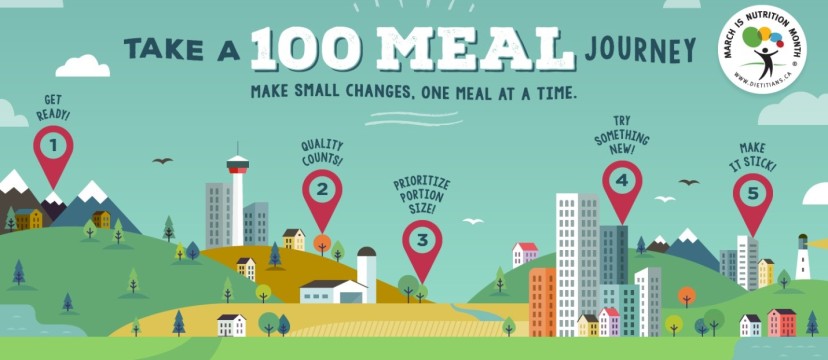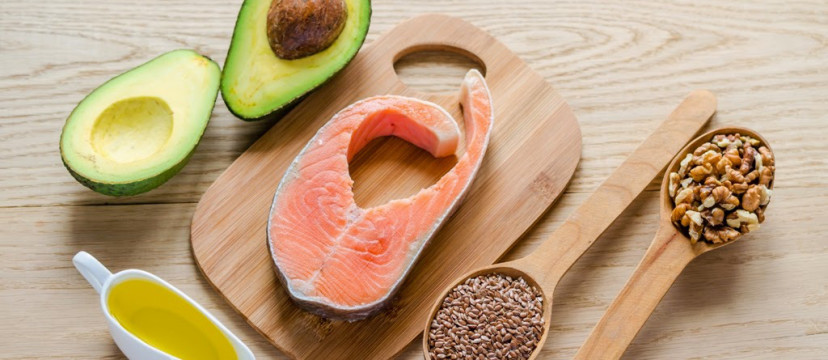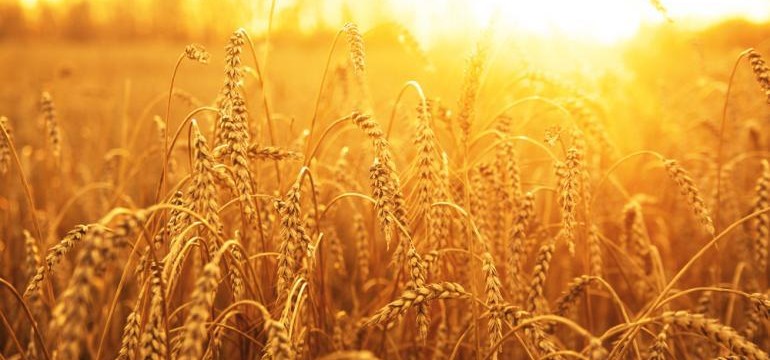Andrea Miller MHSc, RD
April 2016
Mindful eating involves paying full attention to the experience of eating and drinking. It involves paying attention to the colors, smells, textures, flavors, temperatures, and even the sounds (crunch!) of our food. Many social and environmental factors can stand in the way of being able to eat mindfully. Mindfulness helps us break free from routine eating habits by examining the thoughts, feelings and internal pressures that affect how and why we eat.






